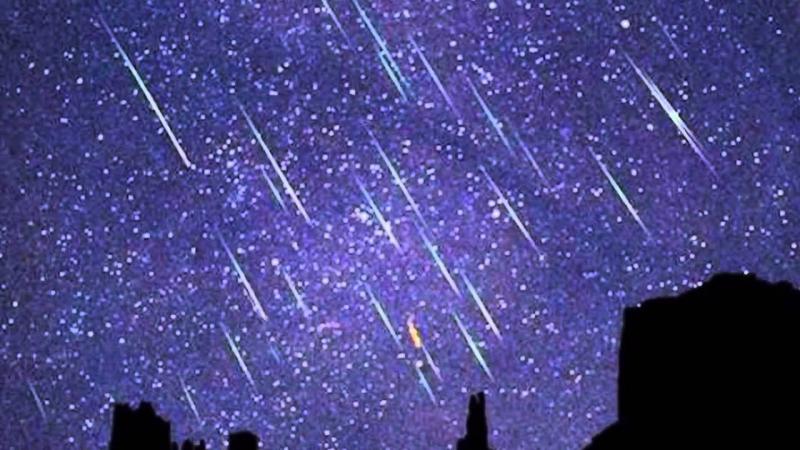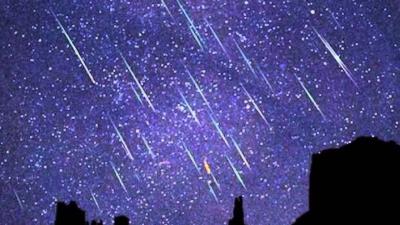Astronomy enthusiasts are anticipating an event known as a "meteor shower" or "meteor rain" on Thursday, which can be observed with the naked eye, without the need for any equipment. According to the "Daily Mail," in the UK, this meteor shower will peak after midnight, with over 18 meteors lighting up every hour. The timing of these meteor showers varies from region to region around the world. The source added that the peak will occur after midnight, but viewing will be better just after sunrise or before sunset.
Astronomer Siels Marquez from the Royal Observatory Greenwich stated that the brightness of the moon might slightly hinder the observation of these showers, meaning the conditions won't be wholly favorable. This phenomenon, known as a "meteor shower," occurs when meteor fragments enter Earth's atmosphere at speeds approaching 43 miles per second. When these meteors reach the atmosphere, they burn up, producing the light seen during the "meteor shower," making the rocks visible at night.
According to astronomers, a meteor shower can produce more than a thousand meteors per hour several times a year. Experts state that the best conditions for observing meteor showers are in a dark location far from city lights after midnight, provided the sky is clear of dust and clouds. Despite the fact that "Lyrid" meteors are not the brightest meteor showers observed, experts say they are one of the oldest astronomical phenomena, as the oldest recorded sighting dates back to ancient China in 687 BC.




